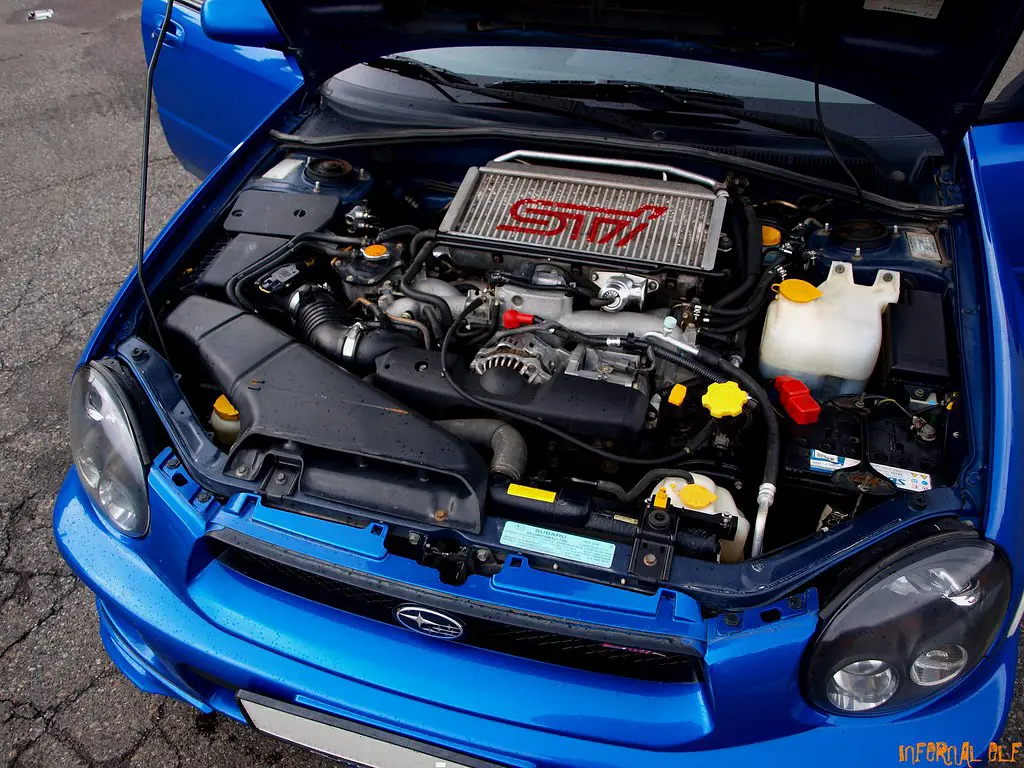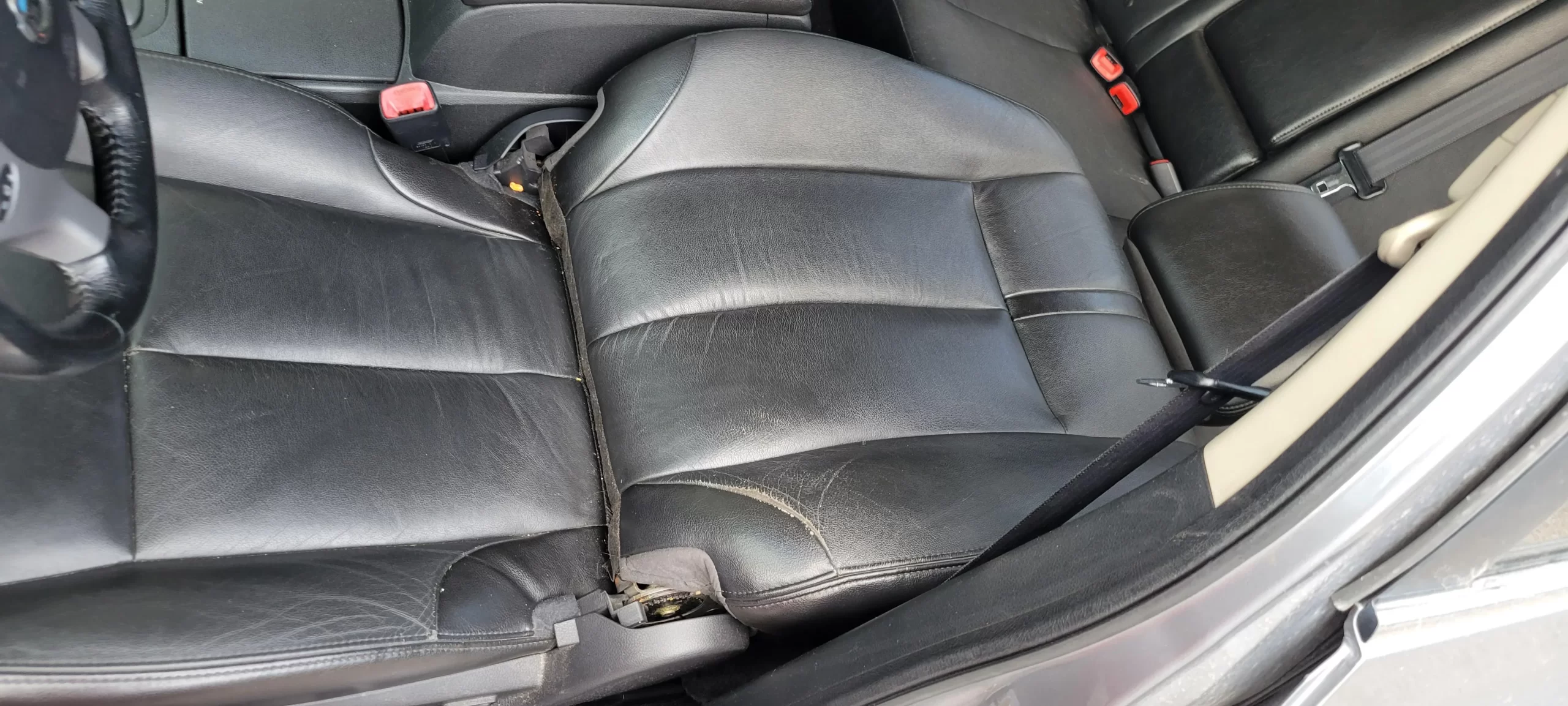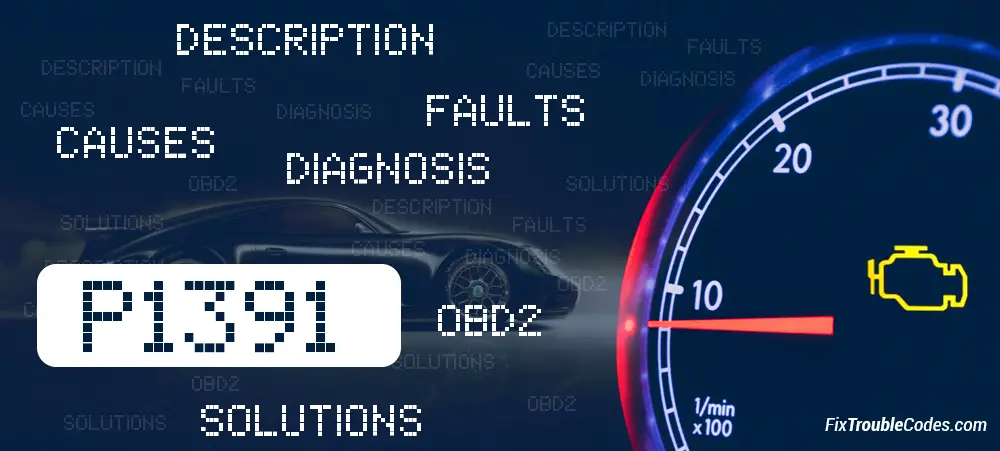If you’re a Subaru owner, you may have noticed the Subaru Blue Coolant Light come on when you start your car.
This light is an indicator that your engine coolant is too cold, and your radiator can get too cold, resulting in your engine freezing up and not being able to start.
But don’t worry, this is normal and the light will turn off once your engine has warmed up sufficiently.
However, if the light persists beyond two minutes, your antifreeze may be at stake.
In this article, we’ll discuss what the Subaru Blue Coolant Light means, how to reset it, and how to fix it if it’s flashing or blinking.
We’ll also answer some common questions like whether you can drive with the blue coolant light on and what to do if the Subaru temperature light is blinking.
So, let’s get started!
What is Subaru blue coolant?
Subaru blue coolant is a type of coolant used in Subaru vehicles that was introduced in 2008. It is a pre-mixed coolant that is blue in color and is referred to as “Subaru Super Coolant.”
How long should Subaru blue coolant light stay on?
The blue coolant light in a Subaru vehicle should stay on for approximately 30 seconds to 4 minutes after starting the engine in cold weather conditions.
This is because the light indicates that the engine is not warmed up yet and the coolant temperature is low.
Once the engine has warmed up sufficiently, the light will turn off automatically.
If the light persists beyond two minutes, it is advised to turn off the engine and wait for it to cool down sufficiently before checking the antifreeze levels.
What Does Subaru Blue Coolant Light Means?
The blue coolant light serves as a crucial safety feature, akin to an engine alarm clock, preparing your vehicle for optimal performance before hitting the road.
Allowing a brief period for your engine to warm up is akin to savoring that essential first cup of coffee, setting the tone for the day ahead.
Typically, the blue light remains illuminated for a mere one to two minutes, signaling that your vehicle needs a moment to reach an ideal operating temperature.
Immediate departure following the activation of the blue light is discouraged, particularly in specific gears.
The light extinguishes once your car has been afforded ample time to warm up, a process vital for enabling various fluids to fulfill their roles effectively.
With a warmed-up engine, the oil seamlessly lubricates all components, transmission fluid adeptly manages speed and motion, and power steering fluid efficiently navigates hydraulic systems, ensuring safe and effective use of the wheel.
However, if the blue coolant light persists beyond the typical timeframe, it may indicate a potential threat to your antifreeze levels.
In such instances, it is imperative to power off your engine and allow it to cool adequately before inspecting antifreeze levels.
Neglecting this precaution could lead to severe consequences, including scalding hot water spraying and resulting in third-degree burns.
Low antifreeze levels might stem from an elusive leak in the tank.
If unsure about leak detection, seeking professional inspection is advisable to address potential issues and ensure the continued safe operation of your vehicle.
Can I drive with Subaru blue coolant light on?
Driving with the Subaru Blue Coolant Light on is not advised and can have serious consequences.
The light indicates that the engine coolant is too cold, and it’s possible for your radiator to get too cold, resulting in your engine freezing up and not being able to start.
If the blue coolant light persists beyond two minutes, your antifreeze may be at stake.
Low antifreeze levels may be the result of a leak hiding somewhere in your tank, and if you’re unsure of how to inspect it for a leak, it may be best to have a professional inspection done.
Subaru Blue Coolant Light Reset
If you find yourself grappling with issues related to your Subaru’s Blue Coolant Light, a simple reset might be the solution. Following these steps can help you reset the blue coolant light:
1:Turn off your engine and wait for it to cool down:
Before initiating any reset, ensure that the engine has cooled down adequately to avoid any potential safety hazards.
2: Open the hood of your car and locate the coolant reservoir:
The coolant reservoir is a key component, and locating it is the first step in the reset process.
3: Remove the cap from the coolant reservoir and add coolant if necessary:
Check the coolant levels and add more if needed. Maintaining the appropriate coolant level is crucial for the proper functioning of your vehicle.
4: Replace the cap and start your engine:
Securely replace the coolant reservoir cap and start your engine to begin the reset procedure.
5: Allow your engine to warm up for a few minutes:
Let your engine run for a brief period to facilitate the recalibration of the coolant system.
6: Turn off your engine and wait for it to cool down:
After the warm-up, turn off the engine again and allow it to cool down before proceeding further.
7: Repeat steps 2-6 until the blue coolant light turns off:
Follow this cycle of checking, warming up, and cooling down until the blue coolant light is successfully reset.
If the blue coolant light persists beyond two minutes, it could signal a potential issue with your antifreeze levels.
This may be attributed to a concealed leak within the tank.
If you lack confidence in inspecting the tank for a leak, seeking professional inspection is a prudent course of action to identify and address any underlying concerns effectively.
Taking these steps ensures the optimal performance and longevity of your Subaru’s cooling system.
Related Post: [SOLVED] 2017 Ford Edge Coolant Leak: What Should I Do?
How to Fix Subaru Blue Coolant Light?

If you’re experiencing issues with your Subaru Blue Coolant Light, there are a few things you can do to fix it.
First, check the coolant level in your car’s reservoir and add more coolant if necessary.
If the coolant level is low, this could be the reason why the blue coolant light is on.
If the coolant level is not the issue, you may need to reset the blue coolant light.
To reset the light, you can follow the steps we have offered you above:
How Do You Fix Subaru Blue Coolant Light flashing or Blinking?
If your Subaru Blue Coolant Light is flashing or blinking, it may indicate a more urgent issue that requires prompt attention.
Here are steps you can take to address the flashing or blinking blue coolant light:
-
Pull Over Safely
As soon as you notice the flashing or blinking blue coolant light, safely pull over to the side of the road or to a parking area. Continuing to drive with a flashing coolant light may lead to engine damage.
-
Turn Off the Engine
Once safely stopped, turn off your Subaru’s engine. This helps prevent further potential damage.
-
Check Coolant Levels
Open the hood and check the coolant level in the reservoir. If it’s low, add coolant to bring it to the recommended level. Low coolant levels can trigger the flashing coolant light.
-
Inspect for Leaks
Look for any visible signs of coolant leaks around the radiator, hoses, or other components. Leaks can contribute to low coolant levels and should be addressed promptly.
-
Allow the Engine to Cool
If the engine has overheated, allow it to cool down before attempting to restart. Do not open the radiator cap while the engine is still hot.
-
Restart the Engine
After addressing coolant levels and potential leaks, restart the engine. Monitor the coolant light. If it continues to flash, there may be an underlying issue that requires professional attention.
-
Seek Professional Assistance
If the flashing blue coolant light persists, or if you’re unsure about the cause, it’s advisable to seek assistance from a qualified Subaru service technician. They can perform a thorough diagnostic to identify and address the specific issue.
What to do If the Subaru Temperature Light is Blinking?
If the Subaru Temperature Light is blinking, it indicates that the temperature has increased over the recommended range.
- In such a scenario, it is important to pull over immediately and shut off the engine.
- Wait for at least 30 minutes or more for the engine to cool down fully.
- Once the engine cools down, check the engine coolant level.
- If the engine overheating continues, do not drive.
- It is advised to refer to the owner’s manual for overheating steps and call the Subaru service center to make an appointment.
FAQs
What is Subaru Super Coolant?
Subaru Super Coolant is a type of coolant used in Subaru vehicles that was introduced in 2008. It is a pre-mixed coolant that is blue in color and is referred to as “Subaru Super Coolant”.
What is the difference between the blue and red coolant light?
The blue coolant light indicates that the engine coolant is too cold, while the red coolant light indicates that the engine is overheating.
What is the recommended coolant level for a Subaru?
The recommended coolant level for a Subaru is between the “low” and “full” marks on the coolant reservoir.
What is the recommended antifreeze level for a Subaru?
The recommended antifreeze level for a Subaru is between the “low” and “full” marks on the coolant reservoir.
What is the recommended temperature range for a Subaru engine?
The recommended temperature range for a Subaru engine is between 195°F and 220°F.
What are the consequences of driving with the blue coolant light on?
Driving with the blue coolant light on can result in serious consequences such as engine freezing up and not being able to start.
What are the consequences of driving with the temperature light blinking?
Driving with the temperature light blinking can result in serious consequences such as engine overheating and damage.
What should I do if my Subaru overheats?
If your Subaru overheats, it is important to pull over immediately and shut off the engine. Wait for at least 30 minutes or more for the engine to cool down fully.
Once the engine cools down, check the engine coolant level.
If the engine overheating continues, do not drive. It is advised to refer to the owner’s manual for overheating steps and call the Subaru service center to make an appointment.
What should I do if my Subaru won’t start?
If your Subaru won’t start, it could be due to a variety of reasons such as a dead battery, faulty starter, or bad alternator. It is advised to refer to the owner’s manual for troubleshooting steps and call the Subaru service center to make an appointment.
What is the recommended tire pressure for a Subaru?
The recommended tire pressure for a Subaru is usually between 32 and 35 PSI.
What is the recommended oil type for a Subaru?
The recommended oil type for a Subaru is synthetic oil with a viscosity of 0W-20.
What is the recommended oil change interval for a Subaru?
The recommended oil change interval for a Subaru is every 6,000 miles or 6 months, whichever comes first.
What is the difference between the blue and red coolant light?
The blue coolant light indicates that the engine coolant is too cold, while the red coolant light indicates that the engine is overheating.
Important Post: AC Light Blinking Toyota Camry: Reasons & Solutions
Conclusion
The Subaru Blue Coolant Light is an important safety feature that indicates that your engine coolant is too cold.
It is a warning that the engine is not warmed up yet and the coolant temperature is low.
Once the engine has warmed up sufficiently, the light will turn off automatically.
If the blue coolant light persists beyond two minutes, your antifreeze may be at stake.
Low antifreeze levels may be the result of a leak hiding somewhere in your tank.
If you’re unsure of how to inspect it for a leak, it may be best to have a professional inspection done.
Remember, driving with the blue coolant light on is not advised and can have serious consequences.
We hope this article has helped you understand more about the Subaru Blue Coolant Light and how to fix it.
Stay safe and happy driving!




